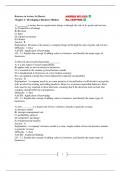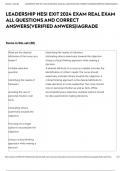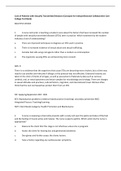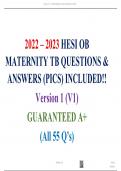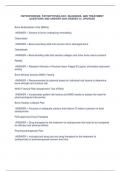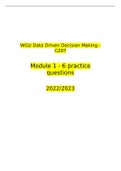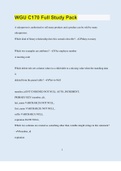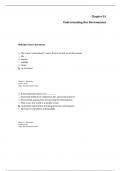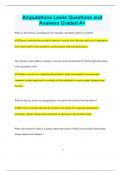Exam (elaborations)
Test Bank For Business in Action 8th Edition by Courtland L. Bovee & John V. Thill, All Chapters 1-20
- Course
- Institution
Test Bank For Business in Action 8th Edition by Courtland L. Bovee & John V. Thill, All Chapters 1-20. Table of Contents Developing a Business Mindset Understanding Basic Economics The Global Marketplace Business Ethics and Corporate Social Responsibility Forms of Ownership Entrepreneurship and Sma...
[Show more]
